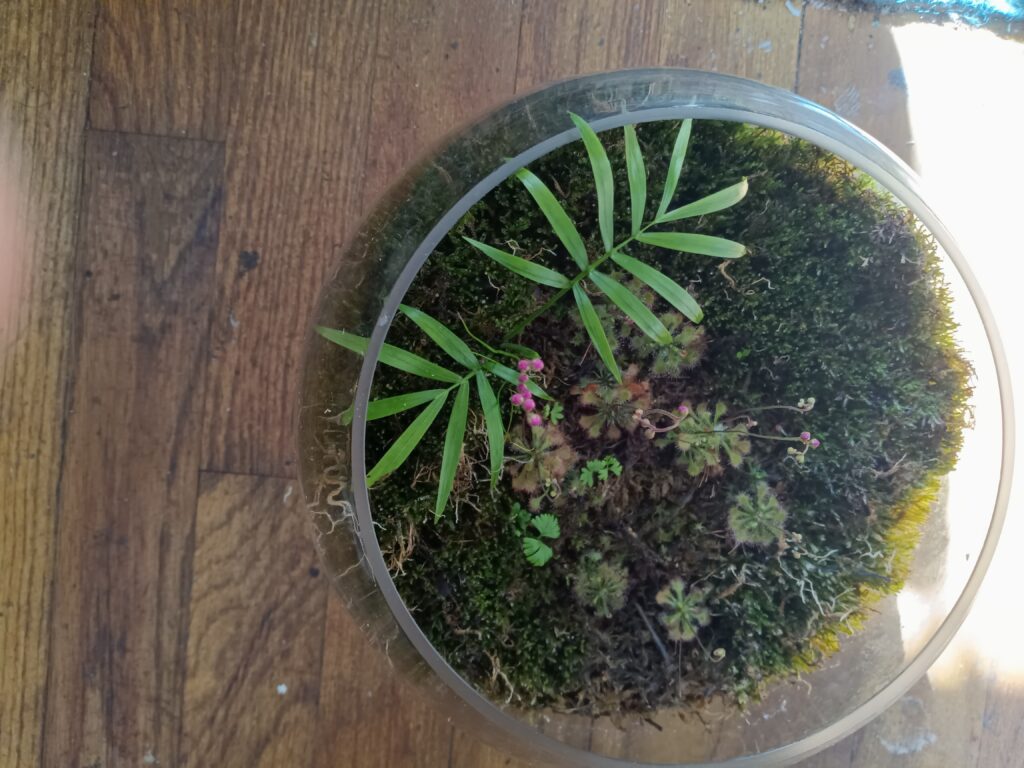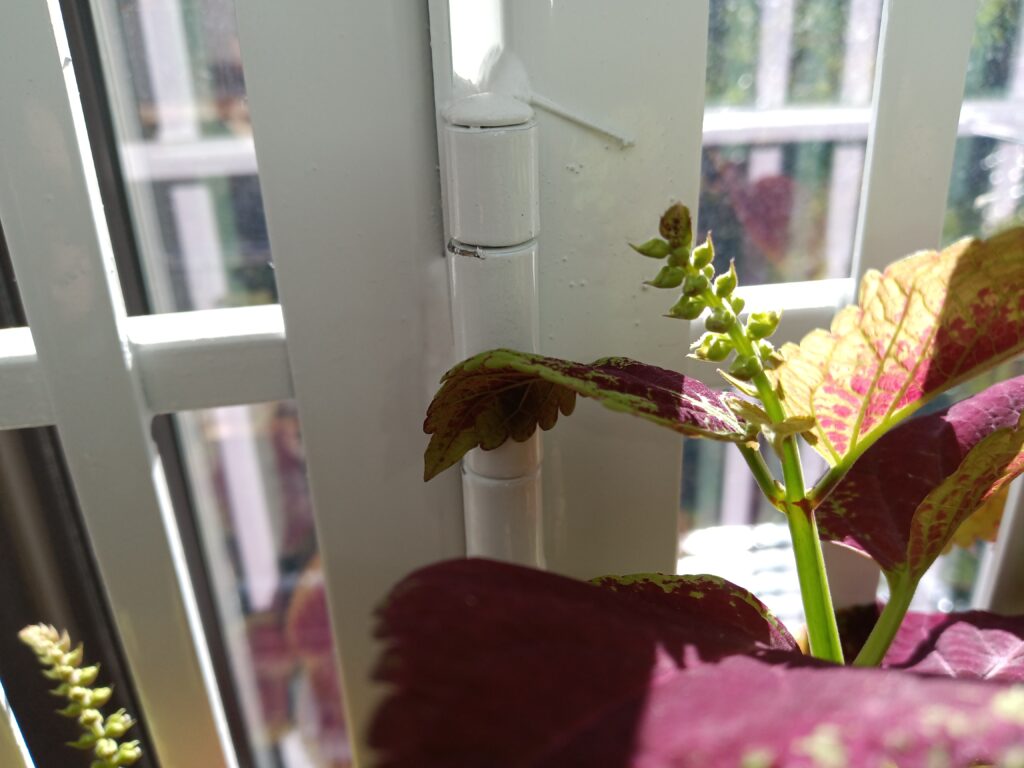When it comes to plants, they need the essentials, like water, and sunlight. In many cases, you can substitute sunlight with artificial lighting, to aid in plant growth.
You would be surprised of the types of artificial lighting you can choose from, to maintain, and to sustain plant growth. Many know of the handful of grow lights they have in the form of LED lighting, in a few different colors, often white, red, and blue. You have others that may just be white, with something else, that isn’t visible, nor optional to change. Some of them are quite simple, and I’ll get to all of those in a bit.
First light that I want to discuss are the lights often used before grow lights became available to most everyday users. They were called grow lights also, but they were of the bulb variety, not LED based. They were similar to the fluorescent lights we were forced to transition to in the early 21st century. I was first introduced to these types of lighting through AeroGarden, and this was something my mother had to grow some herbs and small vegetables. The lamp was multi-functional and the bulb was a part of this setup. It was good, because it had a built-in timer, that keeps the plants fully immersed in this artificial light, for around 12 hours. I used this for many plants to grow, but when they literally started reaching the lights, I had to move them. For the smaller ones, that didn’t have this issue, this stayed with them, until they couldn’t be maintained any longer.
They still have fluorescent grow light bulbs made available, but the likelihood of finding a good setup, with a timer may be the biggest challenge. Since then, the grow lights have been in a variety of differing types, not just the LEDs, but other types of bulbs. I have been using only a subset of grow lights, and most have been the LED types, that are promoted more times than not.
Let’s look at the smaller grow lights, the strips that only have one setting. Some of these, tend to be adaptable to USB outlets, to save energy off the bat. Some of these are quite inexpensive, some running around less than $10 on average. Many you can get at Amazon, and I’ve received a good set. There are some you can get from hardware stores, like Home Depot, and True Value. They will carry a variety, but the cost may be much more than you would expect. It is an investment, so be aware, you can start off cheap, but just know, sometimes the cheap ones can work nicely and for the long term, but it’s not a guarantee. When it’s time to upgrade, you can get some that can run as high as $200 and higher, while some can be around $50 or $60 each.
For the ones I received from Amazon, I received a few that worked out quite nicely. The first one was a three-head lamp with a clip rather than a stand. Actually, I ordered two of them, primarily to clip on or near the edge of the window sill. Each have timers, but they also had the USB connections with adapters. The adapters often will wear down, because unlike what most adapters are used for, they are short-term. That can be a problem, because long term use can make them overheat, and I’ve had one that just could no longer be used. It was burned out, in other words. That’s one thing you need to be aware of, when you get these types of LED lights, especially if they are semi-heavy duty. These cost me, somewhere near $20 total. These had timers, and intensity settings. It could also alternate from using either one, two, or all three heads at the same time. It’s flexible, both in the physical sense, and in other ways also. The issue for me, I detailed previously with the potential to overwhelm the adapters, where they can and will overheat, and potentially shut down. At times I’ve had this happen with one of them, and had to put the other on pause, and have it on standby, just in case. These I often used with, “the tank”.
The others I got from Amazon, and these were around $6.50 each, and I got three of them. These were single setting grow lights, where you plug them into an adapter, since they are USB compatible. They have an on/off switch, and that’s it. It’s bright enough to do the necessary, to give plants some needed light, where they often won’t get it, in certain areas.
These also have plant stakes that are removable, and there are ways that it can be used to be as an overhead setting. Here’s what I did:
When I got the option to get a curtain rod, because these are slim and light enough, I hung these, along with others much bigger, to get this advantage. I tied most of them with paracords, with certain types of knots, while also, using wire bag ties. This gives enough light exposure, where some plants, mostly small and single plants, will get what they need.
I’ve done similar with other grow lights, for the plants that cannot be near a window that exposes the plants to full and direct sunlight. The stronger, and better grow lights, I purchased for near $40 and $45 each.
The first one, which was about $40, costing about $38 and change, I hung from a curtain rod, and it covers most plants. It has a programmable remote control, where you can set it to several settings. Most settings are for seeding, vegetation growth, and flowering. It’s a full-spectrum LED lamp, and as far as I know, it’s not the type that shuts off automatically. That’s a manual on/off variety.
I’ve had many plants grow and even produce flowers, and this is added to the proper watering.
The one that was $45, nearing $50 with tax, I recently got, didn’t have a remote, but it had manual switches, to change the settings of the lighting. Each switch, was for each colored light. One for white, one for red, and one for blue. The types of combinations can be set from each light, either one, two, or all three, can be set, and also, the light has that manual on/off switch.
This one also resulted in most of my plants growing more, and producing flowers, or at least beginning growing flower stalks. Most of them being sundews of course.
For most of my carnivorous plants, that can deal with moderate humidity, these work quite well. So far, my VFTs, sundews, and sarrecenias, have done quite well, despite some light stress issues for some (the sarracenias especially) that lead to the leaves turning red. Some plants, the cape sundews especially, will develop dew much faster under these lights, and some like the spoon-leaved sundews will change from green to red. Not all will, some are temperamental like that, but most (if not all), will eventually develop dew quicker.
Now, the grow lights, are good to aid in giving light to plants, on dull days, or days with short sun exposure, and that’s an option I use for a few plants right now. They get both, but mostly how I have it now, the lights are on for much longer. The one with the manual individual light settings, I’ll keep on for a while, rarely shutting it off.
Most of these I will keep on for some time, not always 24 hours a day, but keep in mind, for most grow lights, they are low power, and you may not see a big hike in your electric bill. If you have a lot of them, and most of them do not run higher than 27 watts, so it will still be beneficial if you want to conserve energy. However, if you have a lot of them, it can still add up, and give you that unwelcome surprise in you electric bill, so be aware of that.
For some that have the option to use USB adapters, you can opt for using USB power banks to power these grow lights. However, they do drain these power banks quite fast. If they aren’t adjustable, they will drain faster than you would imagine. Some may only last about 30 minutes, others may last an hour or two, at best. If the grow light has programmable options, like changing the intensity, you may have the grow lights last for several hours to a day or even two. That’s likely to happen when the intensity is at its lowest. You may have to be present for these, because you won’t know when the power bank runs out of power, and the grow lights will power down, when you aren’t around.
There is an interesting hack that may work for some power banks, where you can charge the power bank, and power items at the same time. I’ve done this with a few grow lights in the beginning. I can still do that, for the USB types, but often you have to be present just to see what happens. Depending on the power banks you get, they may continue to work well, whereas others may not and could wear down, and not be seen as useful for this result.
Also, not all power banks work well with grow lights, and some will shut down after a few minutes, or worse, you’ll see and experience the fluctuation in the lighting emitted from the grow lights, and it will be tough for you to get used to it. This is why I say it’s an option, and not a preferred choice.
For the grow lights, it’s a matter of preference, but also convenience and usefulness. So you can do your own research, and do some trial-and-error to see what works for you.


